
Sign in to your XDA account
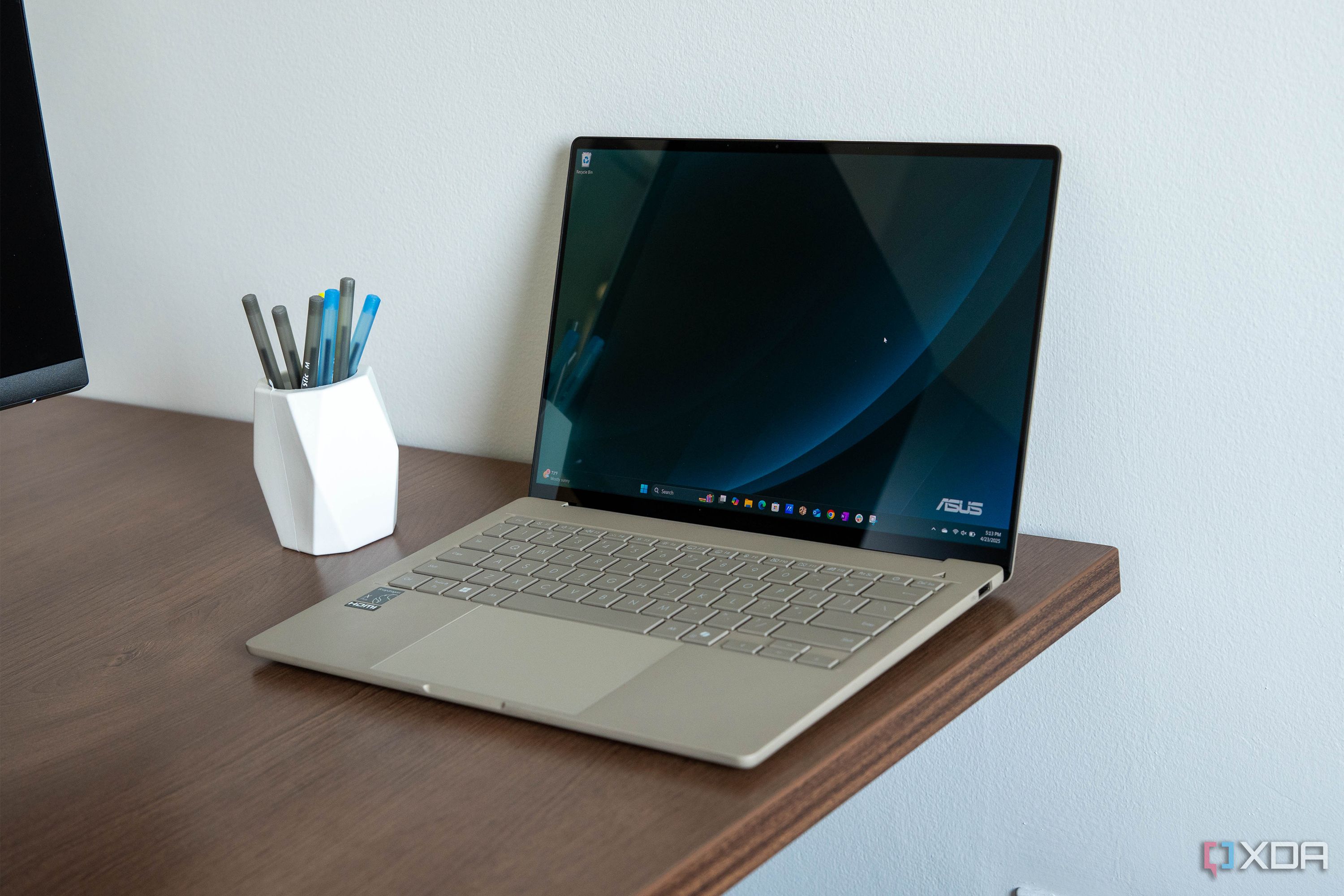
I first saw the Asus Zenbook A14 at a CES pre-briefing in December, and I instantly fell in love with it. It's so deliciously thin and light, seemingly making no compromises. When CES rolled around, I gave it an award because it was one of my favorite laptops at the show.
There are two models, one of which weighs under a kilogram and one of which weighs just a bit more than that; it's less than two-thirds of an inch at its thickest point. It's made out of a material that Asus calls ceraluminum, which feels sturdier and more premium than the magnesium you'd find in a traditional laptop of this weight. And did I mention? It's got an OLED display and a great keyboard.
The bad news is that the Snapdragon X Plus 8-core that's under the hood is noticeably slow. There's a Snapdragon X Elite configuration, but unfortunately, it's not sold in the United States.
The Zenbook A14 is a fantastic laptop for regular productivity tasks, and I totally recommend it as long as nothing you do requires even a medium amount of graphics power.
Asus sent XDA the Zenbook A14 for review. It had no input on the contents of this article.
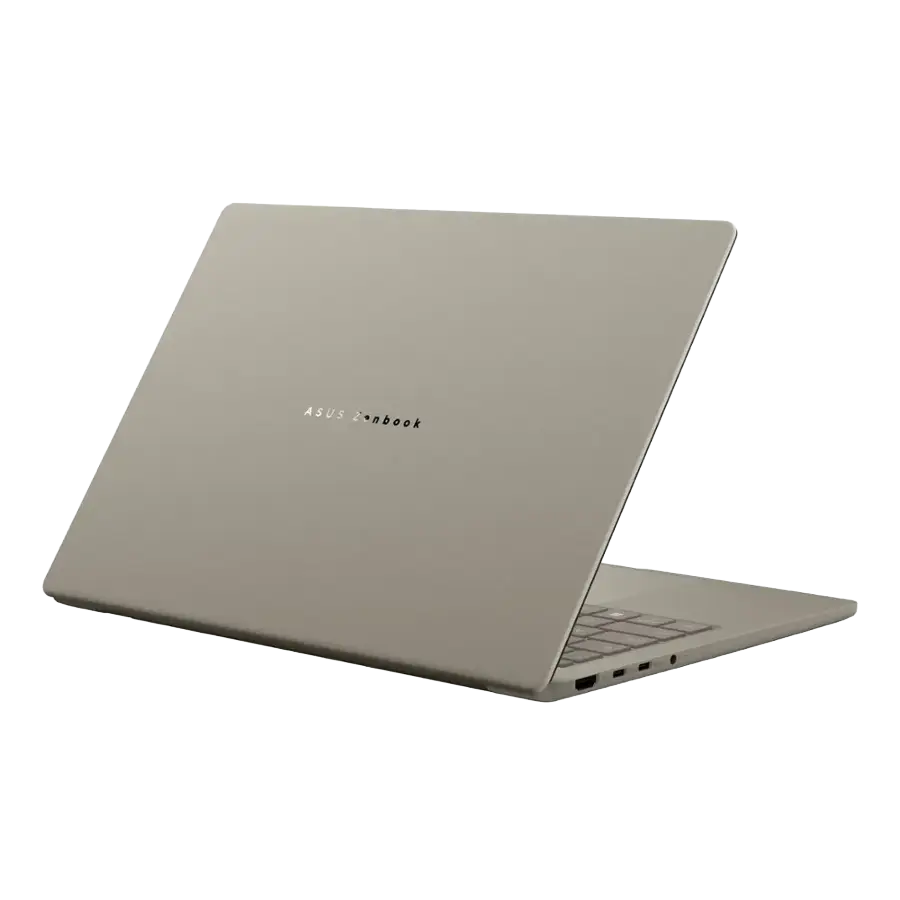
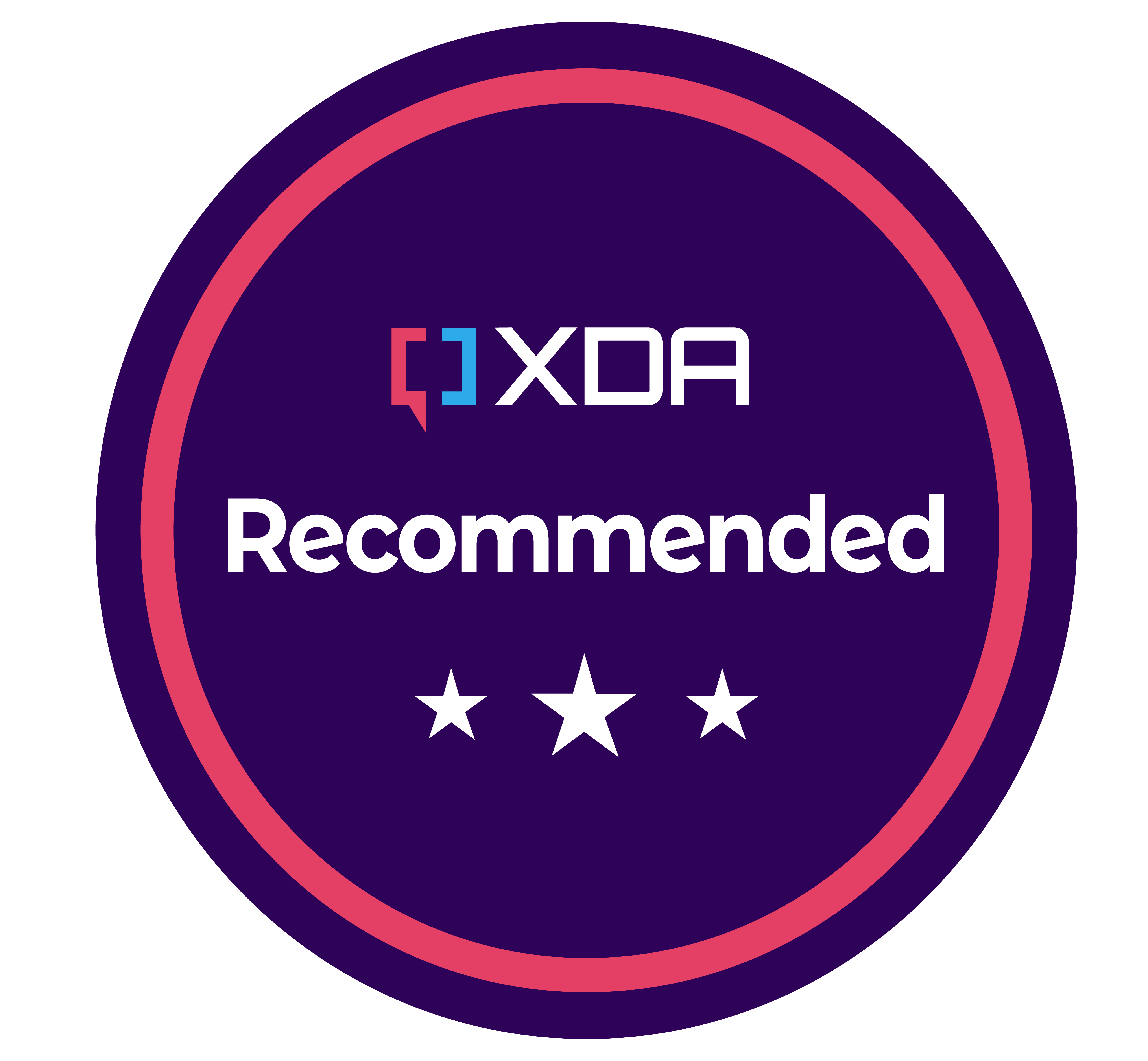
Asus Zenbook A14
Pros & Cons
- Surprisingly good keyboard
- It's so thin and light without feeling cheap
- OLED display is pretty
- Snapdragon X Plus 8-core is underpowered
- X Elite isn't sold in the US
Asus Zenbook A14 pricing and availability
The Asus Zenbook A14 comes in two configurations, and it's a bit confusing. For $1,199, you can get a Snapdragon X, 32GB RAM, and 1TB storage. Or, for $999, you can get a Snapdragon X Plus 8-core, 16GB RAM, and 512GB storage, so you have to choose between the better chipset and more RAM/storage.
I opted to wait a bit longer until Asus had the better chipset available for review, so that's the configuration that I've been using. It's also the only one I can find for sale. It's at Best Buy, while Asus's website only has a "where to buy" link for the more expensive model, but without any retailers.
Asus Zenbook A14 specs
CPU Snapdragon X Plus X1P-42-100 Processor (30MB Cache, up to 3.2GHz, 8 cores, 8 Threads); Qualcomm® Hexagon™ NPU up to 45TOPS
GPU Qualcomm Adreno GPU
Display type OLED 16:10 aspect ratio, 0.2ms response time, 60Hz refresh rate, 600nits HDR peak brightness, 100% DCI-P3 color gamut, 1,000,000:1, VESA CERTIFIED Display HDR True Black 600, 1.07 billion colors, Glossy display, 70% less harmful blue light, SGS Eye Care Display, (Screen-to-body ratio)90%
Display (Size, Resolution) 14.0-inch, WUXGA (1920 x 1200)
RAM 16GB LPDDR5X on board
Storage 512GB M.2 NVMe™ PCIe® 4.0 SSD
Battery 70WHrs, 3S1P, 3-cell Li-ion
Ports 1x USB 3.2 Gen 2 Type-A 2x USB 4.0 Gen 3 Type-C with support for display / power delivery (data speed up to 40Gbps) 1x HDMI 2.1 TMDS 1x 3.5mm Combo Audio Jack
Operating System Windows 11 Home
Webcam FHD camera with IR function to support Windows Hello
Cellular connectivity No
Wi-Fi connectivity Wi-Fi 6E(802.11ax) (Triple band) 2*2
Bluetooth Bluetooth 5.3 Wireless Card
Dimensions 12.23" x 8.42" x 0.53" ~ 0.63"
Weight 2.40 lbs
Speakers Smart Amp Technology Built-in speaker Built-in array microphone
Colors Zabriskie Beige
Price $999
NPU Qualcomm Hexagon up to 45 TOPS
It's just so thin and light
It feels like it's a dummy unit
There are lots of thin and light laptops. Lenovo's ThinkPad X1 Carbon weighs under a kilogram now, as did HP's Dragonfly series. I could date myself by talking about the Acer Swift 7 too. But depending on the design and how the weight is distributed, it can feel either lighter or heavier than it actually is.
The Zenbook A14 feels like it shouldn't even work. It feels like it's a dummy unit, and when you put it in your backpack, it's the type of device where you have to double-check that it's in there before you leave.
The ceraluminum material is fantastic. For one thing, it just feels different. It doesn't feel bendable like magnesium does, and it has a smooth, matte finish that somehow doesn't seem to collect fingerprints.
And there just doesn't seem to be any real sacrifices, other than some decidedly mediocre speakers. The 1.3mm key travel keyboard feels great to type on, and the OLED display is vibrant. It's FHD+ and 60Hz, which isn't great, but that does mean that you get the vibrant colors without a major impact to battery life.
At between 0.53 and 0.63 inches thin, it doesn't skimp on ports either. There's one USB Type-A port on the right, HDMI on the left, and a pair of USB Type-C ports. Both USB-C ports are USB4, unlike with Microsoft's new Surface Laptop 13-inch, so you can connect to dual 4K displays on a single port, which is actually how I work.
I also want to talk about the Zabriskie Beige colorway, which I love. I know it's not for everyone, something I never hear the end of when it comes to shades of brown or beige, but I like it. Like I said though, there are only two configurations, and this one comes in beige. The other one comes in gray.
The OLED display doesn't kill the battery life
It's got a killer keyboard too
The Asus Zenbook A14 has a 14-inch, 16:10, 1920x1200 OLED display with a 60Hz refresh rate. I really like the panel that was used for this machine. I've been testing other laptops that have 4K or 2.8K 120Hz OLED panels and they suck down battery life. Indeed, OLED is known for its tax on the battery, and that's simply not the case here.
And at 600 nits peak brightness, it has the ability to be brighter when you need it to be. That's great for a laptop that you'll be taking on the go, which you might use in direct sunlight.
Pixel density leaves a bit to be desired, but it's not very noticeable. You probably wouldn't notice it's FHD+ unless someone pointed it out.
The keyboard is pretty sweet too. It has a depth of 1.3mm, and I can tell that Asus put a lot of work into it. In fact, I can tell that the company has put a lot into keyboard quality over the last few years. I haven't always loved Asus keyboards, but this is a good one.
That's not always the case in laptops that are this thin. Normally, when there isn't much space, you get these really shallow and uncomfortable keyboards. Despite its form factor, the Asus Zenbook A14 does feel like a proper laptop.
I really wish the Snapdragon X Elite model was sold in the US
We'll have to live with the Snapdragon X Plus 8-core
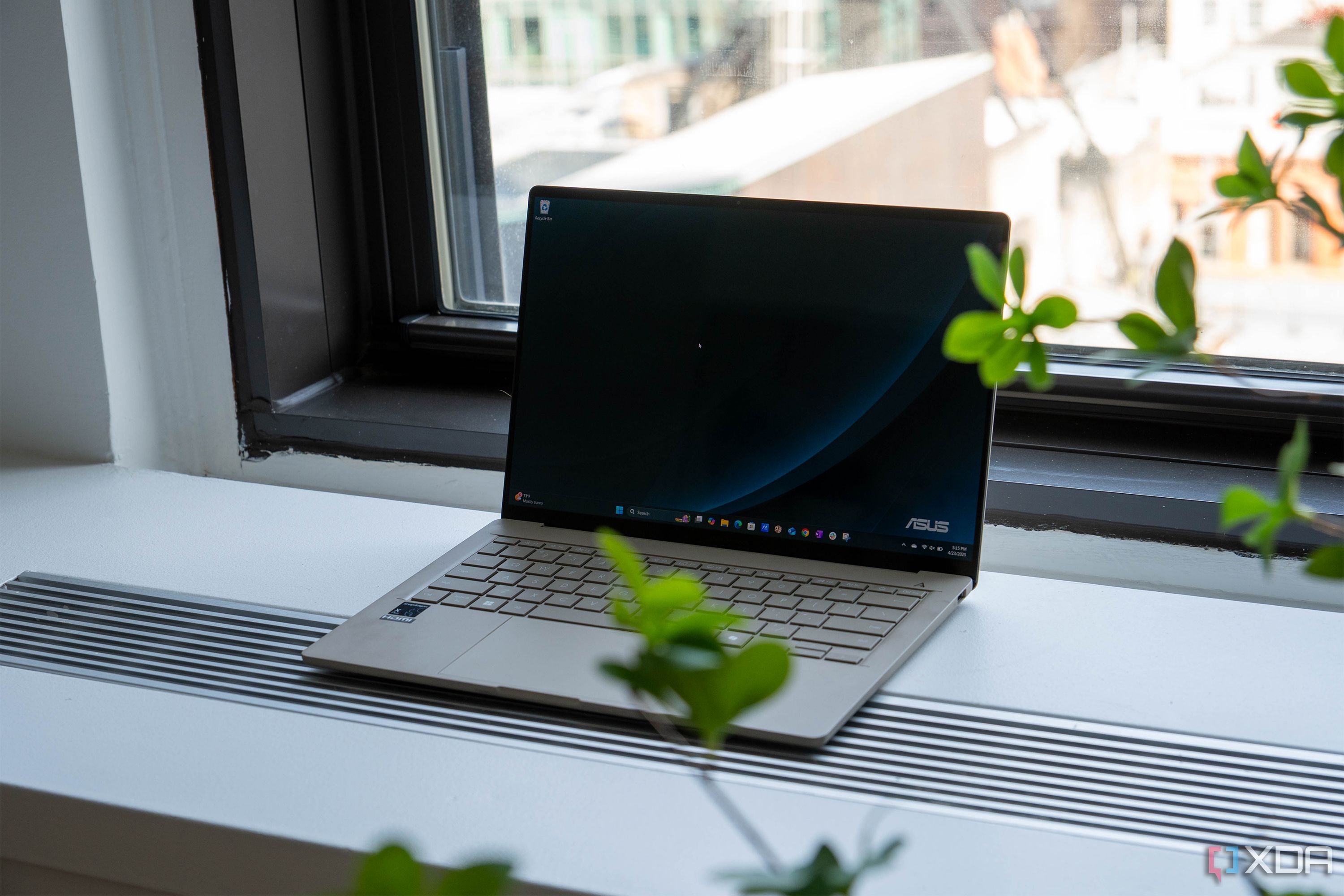
The Snapdragon X Plus 8-core really just isn't very good. I just wrapped up my review of the Surface Laptop 13-inch, I'm working on this, and I have one more laptop in, and they all have the same chipset. Honestly, I can't wait to be done with them.
It's a passable chip for regular productivity tasks, and it has the multi-core CPU performance and RAM to handle a bunch of them at once, but that's about it. The integrated Adreno graphics on the X Plus series is severely underpowered, especially when compared to the Snapdragon X Elite or even the Snapdragon X Plus 10-core.
This machine is great for writing articles in Chrome. It's not so great when handling large Google Sheets. I've used it for some light Photoshop, but that's about it.
The real shame is that the Zenbook A14 is available with a proper Snapdragon X Elite; it's just not available in the US. And believe me, I tried to get Asus to send one of those to one of our writers in Canada. It didn't pan out (obviously).
|
2,376 / 10,794 |
2,803 / 14,471 |
2,711 / 10,963 |
|
106 / 579 |
121 / 836 |
120 / 551 |
|
1,067 / 11,566 / 16,053 |
1,909 / 16,620 / 25,024 |
3,978 / 28,053 / 32,429 |
|
1,264 |
1,554 |
1,871 |
When looking at laptops to compare the Zenbook A14 to, it was a bit of a challenge. There aren't many laptops that weigh a kilogram, are aimed at consumers, and cost a thousand to twelve-hundred dollars. I picked a Surface Pro 11, as that does count as thin and light even though it's a tablet, and you can see the scores next to a Snapdragon X Elite X1E-80-100. And while the ThinkPad X1 Carbon sits in a totally different category, it does weigh 2.2 pounds.
The 3DMark tests are really important here, because they really demonstrate how weak the graphics are. Single-core CPU tests are on par with what you'd find in a last-gen Intel laptop, and multi-core is on par with Lunar Lake, so I did find it surprising to see this thing choke up on larger workloads.
Battery life is phenomenal. You're looking at around 12 hours, and I don't say that lightly. Most companies cite battery life by using some battery benchmark, or something silly like local video playback. It's very misleading, which is why I always test products by just using them to work and seeing how long the battery lasts. I kept the power profile to Balanced and the screen at a modest 30%, since it was fairly bright. But really, the lower resolution and refresh rate help.
Don't sleep on Copilot+
It's finally starting to get good
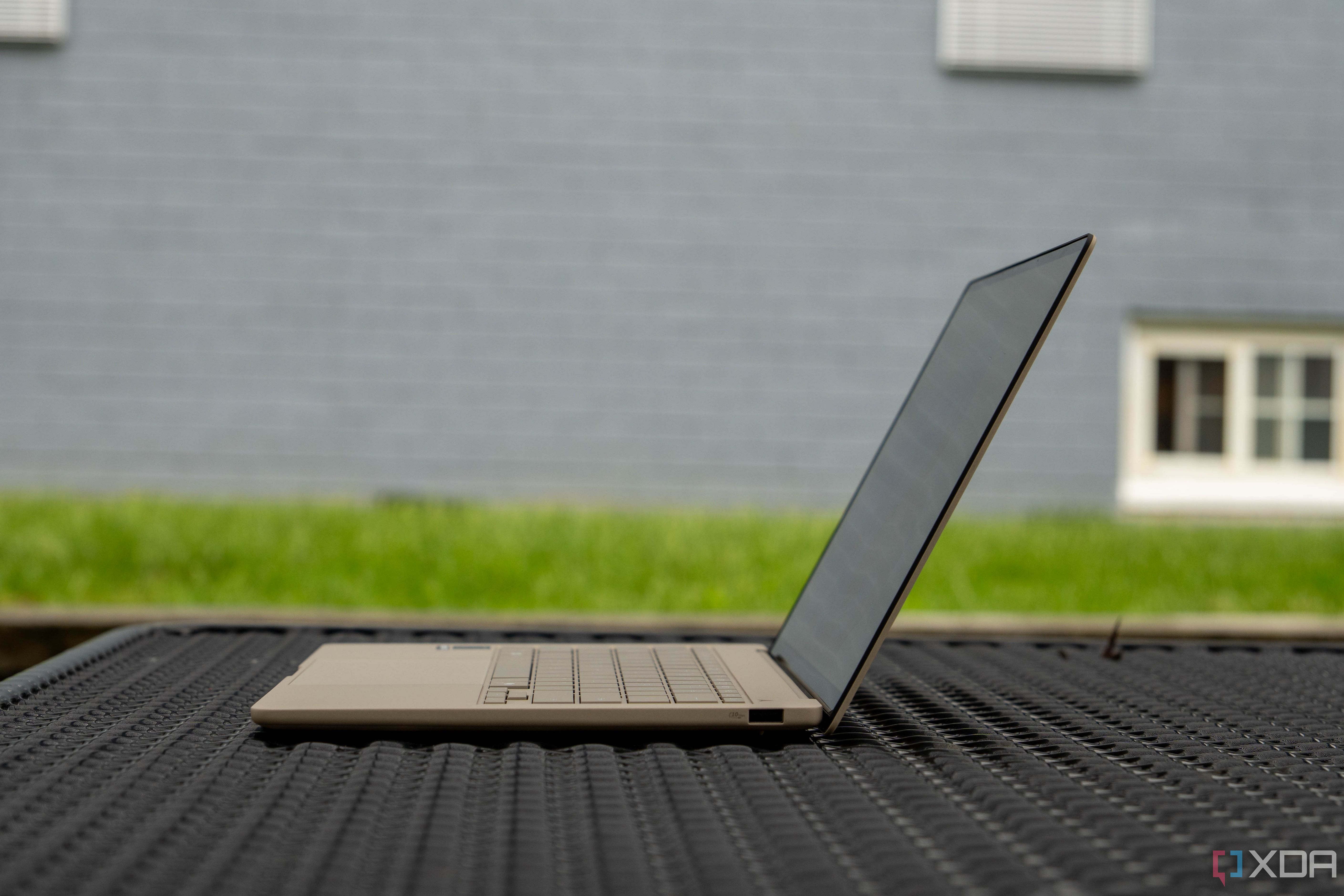
We're a year deep into Copilot+, and you'd be forgiven for not caring until this point. It hasn't been a game-changer by any meaningful metric. Some features, like Recall, have taken a year to ship, and the rest of them have mostly felt like party tricks.
It's getting better, and it's becoming clear that this is something that you should want in your next laptop. The new Windows Search capabilities are really good. All of your files are indexed, so you can search for a picture of green sneakers you took, and it'll find it. Notably, I searched for a picture of the best phone ever, and it gave me an old picture I took of the Nokia 3310, and after asking Copilot, I realized that it's actually using that for its answers.
Click to Do can be useful too. By hitting Win + click, you'll get an overlay on your screen that lets you select objects or blocks of text and action them. You can ask Copilot, rewrite text, and so on.
I'm still not going to say that you should go and buy a new laptop just for Copilot+, but I'm reaching a point where if I'm using a product that doesn't have it, I don't like it. If you're going to buy a new laptop, this is something you should want.
Should you buy the Asus Zenbook A14?
You should buy the Asus Zenbook A14 if:
- You bring your laptop on the go (prioritizing thin and light)
- You're away from power outlets for longer periods of time
- You're a writer
You should NOT buy the Asus Zenbook A14 if:
- You edit photos or videos
- You keep your laptop docked in an office all the time
The key value proposition with the Asus Zenbook A14 is that it's thin and light, so if you buy it, you should make use of that. If you're the type of person that just leaves your laptop on a desk in one place all the time, get something more powerful. If you need graphics power, do the same.
It's great on the go though, and like I said, it's great for writers. It's easy to go and work from anywhere, it's got a great keyboard, and the OLED display is pleasant without sucking down battery life.


.png)
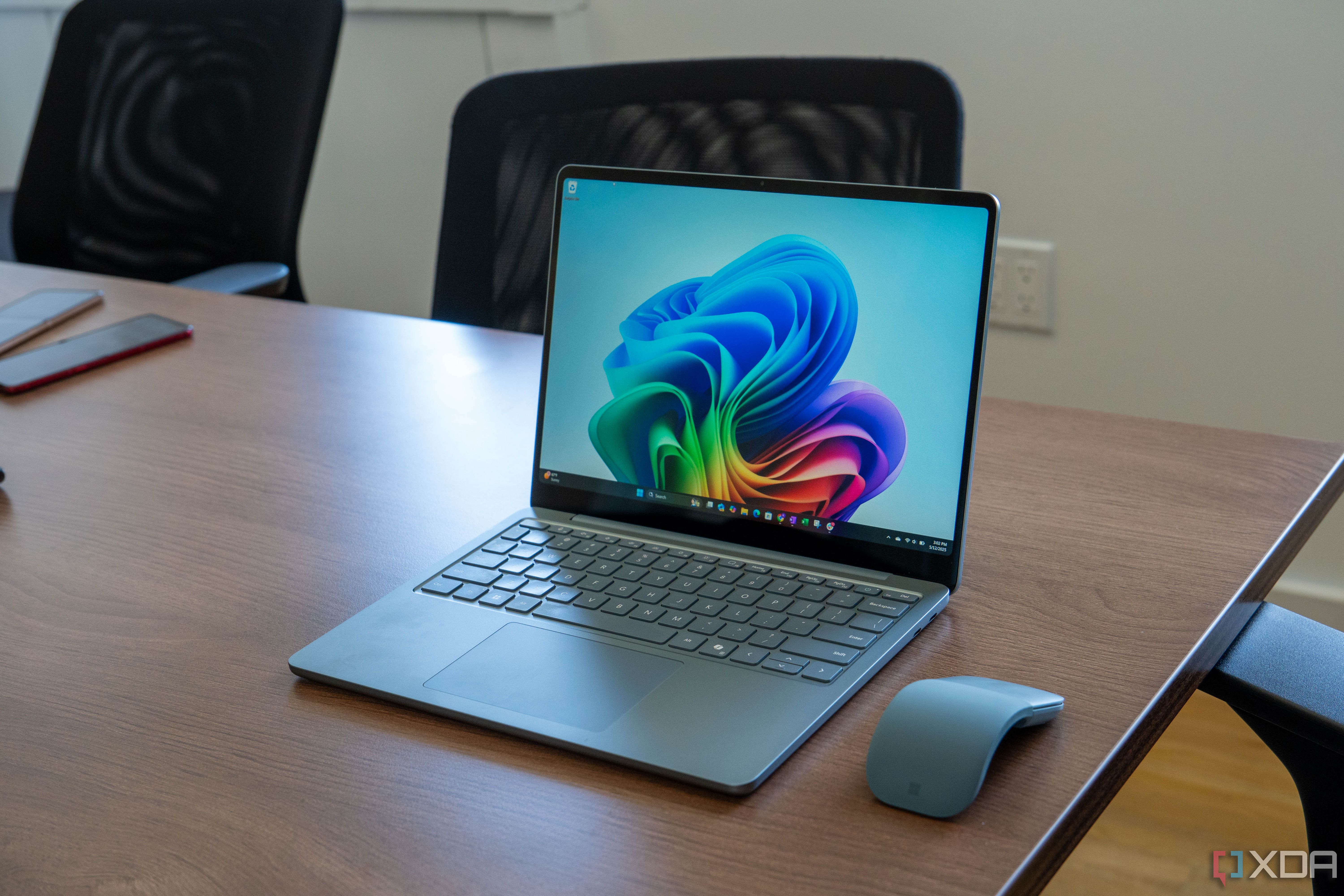
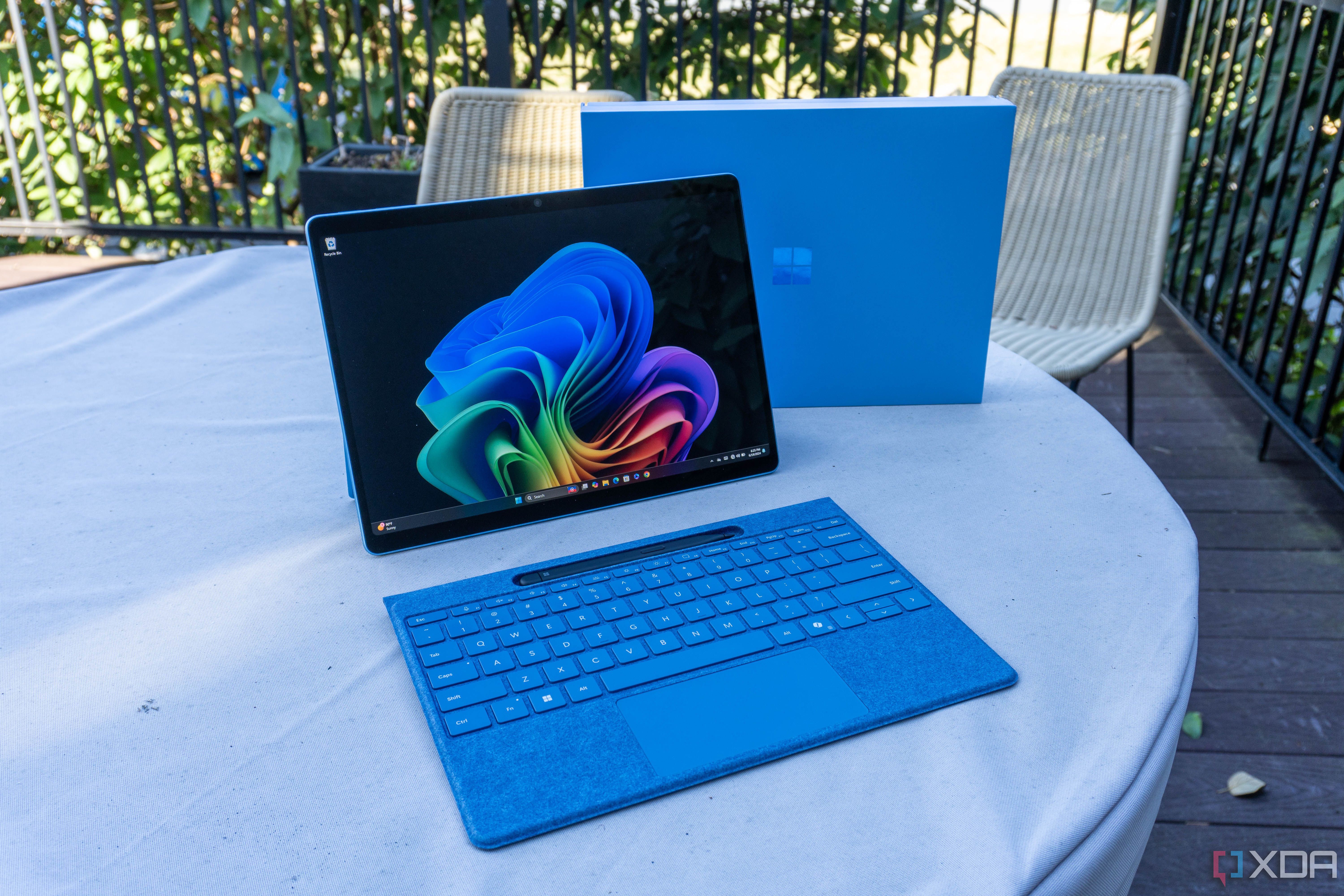











 English (US) ·
English (US) ·